What is Cop27?
For almost three decades, world governments have met nearly every year to forge a global response to the climate emergency. Under the 1992 United Nations framework convention on climate change (UNFCCC), every country is treaty-bound to “avoid dangerous climate change” and find ways to reduce greenhouse gas emissions globally in an equitable way.
Cop stands for conference of the parties under the UNFCCC, and the annual meetings have swung between fractious and soporific, interspersed with moments of high drama and the occasional triumph (the Paris agreement in 2015) and disaster (Copenhagen in 2009). This year is the 27th iteration, and promises to be a difficult follow-up to the landmark summit last year, Cop26 in Glasgow.
When does it start?
The conference is hosted by the Egyptian government in Sharm el-Sheikh, and opened on November 6th. For two days after that, on November 7th and 8th, world leaders will gather for a series of closed-door meetings, and direct their officials to get the kind of deal needed. They will then depart, leaving the complex negotiations to their representatives, mainly environment ministers or similarly senior officials.
The talks are scheduled to end at 6pm on Friday, November 18th but past experience of Cops shows they are likely to extend into Saturday and perhaps even to Sunday.
Why do we need a Cop – don’t we already have the Paris agreement?
Yes – under the landmark Paris agreement, signed in 2015, countries committed to holding global temperature rises to “well below” 2C above pre-industrial levels, while “pursuing efforts” to limit heating to 1.5C. Those goals are legally binding and enshrined in the treaty.
However, to meet those goals, countries also agreed on non-binding national targets to cut – or in the case of developing countries to curb – the growth of – greenhouse gas emissions in the near term, by 2030 in most cases.

Those targets – known as nationally determined contributions (NDCs) – were inadequate to hold the world within the Paris temperature targets. If fulfilled, they would result in 3C or more of warming, which would be disastrous.
Everyone knew at Paris that the NDCs were inadequate, so the French built into the accord a “ratchet mechanism” by which countries would have to return to the table every five years with fresh commitments. Those five years ended on December 31st, 2020, and at Cop26 in November 2021, countries assembled to set out new targets.
[ Cop27 gathers amid indications our climate is breaking downOpens in new window ]
Didn’t all this get sorted out at Cop26?
The most important development at Cop26 was that countries agreed to focus on the tougher 1.5C aspirational goal of the Paris agreement, acknowledging that the 2C target would allow massive devastation to take place. Research conducted since the Paris agreement was signed has shown a temperature rise of 2C above pre-industrial levels would cause changes to the climate system that would be, in many cases, catastrophic, and some of them would be irreversible, so switching the focus to a 1.5C goal represents vital progress.
Many countries also updated their NDCs at Cop26, and countries responsible for about three-quarters of global greenhouse gas emissions set out long-term targets to reach net zero carbon by about mid-century.
However, to stay within 1.5C, the world must not only reach net zero by about 2050 but also halve greenhouse gas emissions, compared with 2010 levels, in this decade. Although, the emissions pledges at Cop26 were not adequate to meet that goal.
So at the Glasgow summit, countries also agreed to hasten the ratchet mechanism, decreeing that progress on NDCs should be updated every year, and countries were encouraged to come forward this year, and as often as necessary, with new NDCs until they are adequate.
What has happened since?
No one at Glasgow last year could have foreseen what a changed world we would live in today. Vladimir Putin’s illegal invasion of Ukraine in February was not only brutal but has sent shock waves around the world. Geopolitics have been upended, alliances and relationships redrawn, and the world has been plunged into crisis.
Energy prices were already rising before Putin’s invasion, as the world recovered from the Covid-19 shock, but the Ukraine war has sent gas prices soaring. Putin has shown his willingness to use European dependence on Russian gas as a weapon of war, turning down the taps and threatening to withdraw supplies.
The result has been even higher gas prices and a bonanza for fossil fuel companies, which have been raking in record profits.
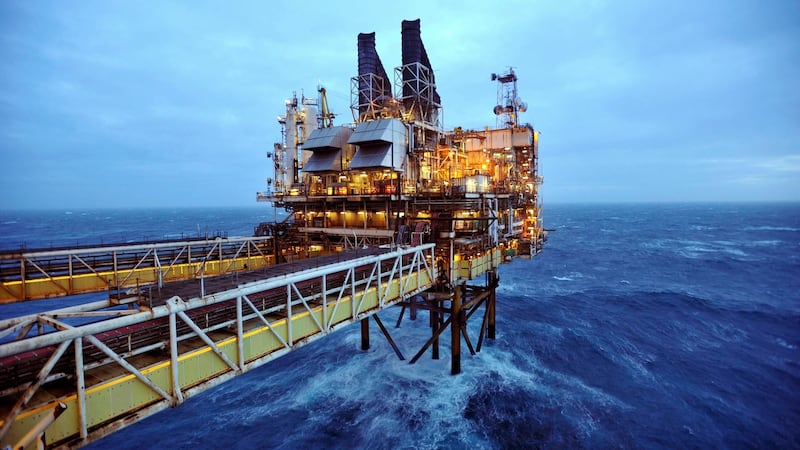
Faced with record-high gas prices, the EU has taken a series of steps that include an energy efficiency drive, a windfall tax on the excess profits of fossil fuel companies to try to lower household bills and a massive push for renewable energy.
But some EU countries have also returned – temporarily, they insist – to coal-fired power generation and embarked on a hunt for new fossil fuel supplies, building liquefied natural gas terminals and seeking deals with countries in Africa and elsewhere to explore new gasfields.
The International Energy Agency warned last year that no new fossil fuel development could take place if the world was to stay within 1.5C. If these developments are not swiftly curtailed they could be disastrous for hopes of avoiding the worst ravages of climate breakdown.
That’s quite a difficult situation for Egypt
And it’s not all. Food prices have also soared owing to Russia’s invasion of Ukraine, as both are massive producers of grain, sunflower oil and other staples, and also because fertiliser prices have increased – Russia and Ukraine are big producers of fertiliser, and even fertiliser produced elsewhere is more expensive as it requires a lot of energy to produce.
This has led to the threat of food shortages, particularly to the vulnerable, and to a cost of living crisis engulfing developed and developing countries. The poor in many parts of the world are facing renewed economic hardship.
Finally, to add to the geopolitical woes, relations between the world’s two biggest emitters, the US and China, have plunged to a new low, after the visit of Nancy Pelosi, the third highest-ranking member of the US’s ruling Democratic Party, to Taiwan this summer.
Last year, at Cop26, China and the US surprised everyone by signing a new bilateral deal to co-operate on tackling the climate crisis. This year, although technically climate negotiations are supposed to be in a “bubble” of their own, unaffected by the wider diplomatic context, in reality the countries have ceased to talk on this issue too.
Sameh Shoukry, the Egyptian foreign minister who will chair the Cop27 talks, has offered his services as mediator between the US and China. But his task will be made more difficult by the tense geopolitical situation, the possibility of walkouts in protest at Russia’s actions, and Egypt’s position as an ally of key oil producers such as Saudi Arabia.
Isn’t Egypt a dictatorship?
Yes, and there is little freedom of the press and virtually no ability to protest. The government is accused of myriad serious abuses of human rights, and the jails are full of political prisoners. One of them, the British-Egyptian activist Alaa Abd el-Fattah, is on hunger strike, and the subject of negotiations with the UK government.
Campaigners are concerned that civil society activists will be shut out of the Cop27 conference, or unable to demonstrate effectively. The UN guarantees a right of participation for civil society groups, and in an interview with the Guardian, Shoukry was keen to emphasise that campaigners would be welcome and that 9,000 had registered. But civil society groups are treading carefully, concerned that any work they do with local activists in Egypt could leave those people exposed when the UN Cop27 circus departs.
Are we nearly there on 1.5C at least?
No. Even if all the long-term and short-term pledges made in Glasgow were met, temperatures would still rise by about 1.8C above pre-industrial levels, according to the International Energy Agency – a vast improvement on the NDCs submitted in Paris but still far off where the world needs to be.
What is worse, those estimates place a lot of emphasis on meeting long-term goals for which most countries have only the barest plans in place, making them highly optimistic. If only countries’ short-term goals – their NDCs, setting out emissions cuts to the end of this decade – are counted, then according to the UN temperatures could rise to about 2.5C by the end of this century.
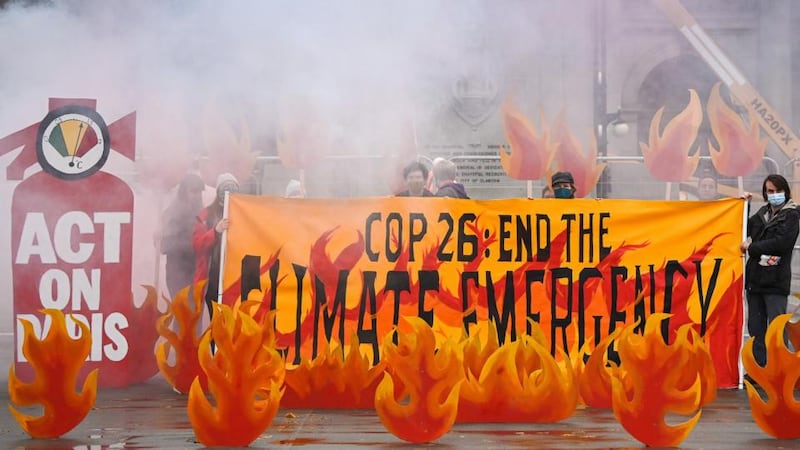
That leaves a lot remaining to be done at Cop27, and the signs are not good so far. Only 24 countries have updated their NDCs between Cop26 and Cop27, far fewer than were hoped for under the updated ratchet system. Of those, many will make little difference. Australia stands out as having made significant progress on its NDC under its new government.
Why is 1.5C so important?
As part of the Paris agreement, the world’s leading authority on climate science – the Intergovernmental Panel on Climate Change (IPCC) – was charged with examining closely what a 1.5C temperature rise would mean for the planet. They found a vast difference between the damage done by 1.5C and 2C of heating, and concluded that the lower temperature was much safer.
An increase of 1.5C would still result in a rising sea levels, the bleaching of coral reefs and an increase in heatwaves, droughts, floods, fiercer storms and other forms of extreme weather – but these would be far less than the extremes associated with a rise of 2C.
Further findings from the latest IPCC reports, published since Cop26, have underlined these warnings and concluded that there was still a slim chance for the world to stay within the 1.5C threshold but that it would require concerted efforts. Crucially, they also found that every fraction of a degree of increase is important.
How far do we have to go?
Temperatures around the world are already at about 1.1-1.2C above pre-industrial levels, and greenhouse gas emissions are still rising.
Carbon dioxide output plunged during the Covid-19 lockdowns but emissions rebounded as economies recovered. To stay within 1.5C, global emissions need to come down by about 7 per cent a year for this decade. Yet they are still rising.
What about net zero?
To stay within 1.5C, we must stop emitting carbon dioxide and other greenhouse gases – from burning fossil fuels, from agriculture and animal husbandry – which create methane – from cutting down trees and from certain industrial processes – almost completely by mid-century. Any residual emissions remaining by then, for instance from processes that cannot be modified, must be offset by increasing the world’s carbon sinks, such as forests, peatlands and wetlands, which act as vast carbon stores. That balance is known as net zero.
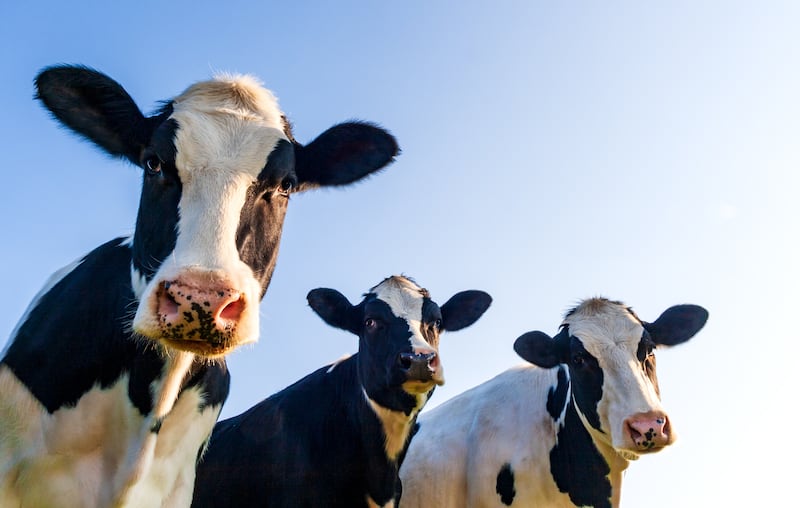
Long-term goals are not enough, however. The climate responds to cumulative emissions, and carbon dioxide stays in the atmosphere for about a century after it is released, so we could reach net zero by 2050 but still have emitted so much in the meantime that we exceed the 1.5C threshold irrevocably.
That is why scientists are calling the 2020s the crucial decade for the climate – if emissions can peak soon and be reduced rapidly, we can keep cumulative emissions from growing too much, and still have a chance of staying within 1.5C.
Is Cop27 just about 1.5C?
The NDCs are a central part of the negotiations but, given the geopolitical upheavals since Cop26, it is unlikely that much further progress will be made on them this year. So at Cop27, there will be far more emphasis on climate finance, adaptation and loss and damage, issues of vital importance to developing countries.
Climate finance is the money provided to poor countries, from public and private sources, to help them cut emissions and cope with the impacts of extreme weather. They were promised at the Copenhagen Cop in 2009 they would receive $100 billion a year by 2020.
That target has been missed: a report at Cop26 found the pledge would not be fulfilled until 2023. There are also problems with how climate finance is allocated: most of the money that flows currently goes to middle-income countries for projects that reduce emissions, such as wind or solar energy. Far less goes to the poorest countries, and only a fraction of the money goes to helping countries adapt to the inevitable impacts of the climate crisis.
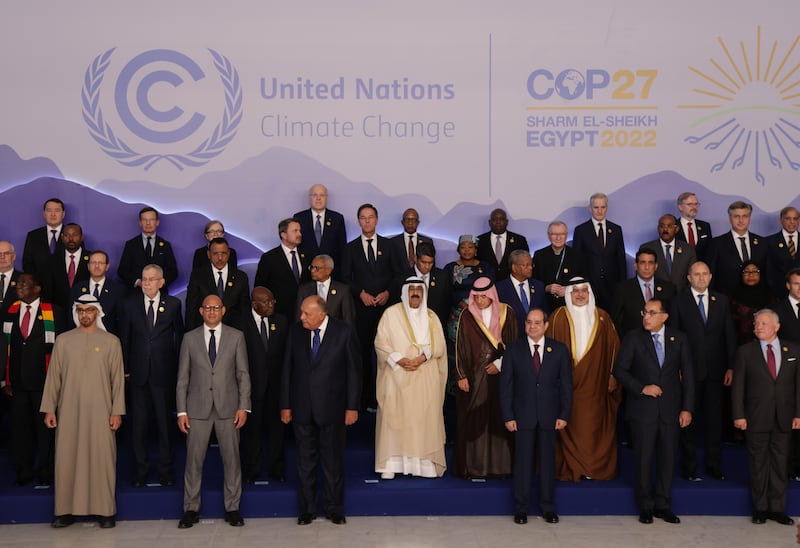
At Cop26, developed countries agreed to double the amount of climate finance devoted to adaptation. Poor countries will want to see significant progress on that at Cop27, and to see more finance provided in the form of grants rather than loans that can push countries further into debt.
Equally important will be the issue of loss and damage. This refers to the most devastating ravages of extreme weather, so great that no amount of adaptation can help with them. Examples include hurricanes and typhoons, the devastating floods that hit Pakistan this summer, or the droughts afflicting swathes of Africa. Recovery from such devastation can take years, if it is ever achieved, and the infrastructure of developing countries, services such as health and education, and their chances of improving the lot of their people, can suffer permanent damage.
[ Temperatures in Europe have increased more than twice global average - reportOpens in new window ]
[ Why is Ireland experiencing unusually warm weather?Opens in new window ]
The world’s poorest countries, which have done least to cause the climate crisis, are most at risk. In the past, some experts characterised loss and damage as a form of compensation or reparations for poor countries from the rich. However, this was unacceptable to developed and large developing countries, which refused to sign legal agreements potentially leaving them liable for unlimited future costs. So the discussion has moved on to loss and damage as a form of rescue and rehabilitation for the countries suffering most, differing from climate finance in that it does not apply to emissions cuts and addresses broader social and development issues as well as the immediate impacts of extreme weather.
[ Kilimanjaro among major glaciers set to disappear by 2050, UN report findsOpens in new window ]
For years, little progress has been made but at last developed countries have signalled they will discuss new finance mechanisms for loss and damage. Few expect loss and damage to be solved at Cop27 but at least the first steps towards a new settlement should be made.
What about China?
The world’s biggest emitter, China, produced its NDC days before the start of Cop26 but analysts said it was disappointing. China will aim for emissions to peak by 2030, and reach net zero by 2060, and reduce the amount of carbon it produces per unit of GDP by 65 per cent. But these were the same commitments made by the government before, and experts believe China is capable of doing far more – of peaking emissions by 2025, which would be a significant boost to global efforts to remain within 1.5C.
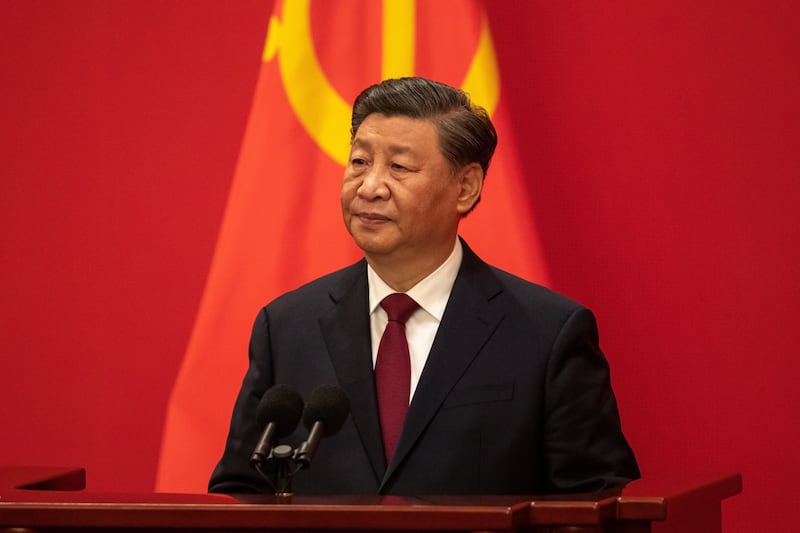
Climate Action Tracker, which analyses global targets, said China’s NDC would mean temperatures were on a trajectory to 2.4C, well above even the upper goal of the Paris accord.
China is unlikely to update its NDC before Sharm el-Sheikh but experts have said it is making good progress on switching to renewable energy.
This is the 27th Cop – why has all this taken so long?
Since the industrial revolution, the modern world has run on fossil fuels. We live in a Promethean age – nearly all of our prosperity and technology has been built on cheap, easy-to-access energy from fossil fuels. Ending their reign will require huge changes, to energy systems, to the built environment, to transport, to our behaviour and diet.
Getting everyone to agree on something so complex has not been easy. Developed countries have been unwilling to take on the costs, while developing countries have demanded the right to continue to use fossil fuels to achieve economic growth. There have been wranglings over historical responsibility, over burden-sharing, over costs, over science, and the politics has been influenced by changes of government in key countries – Donald Trump, for instance, withdrew the US from the Paris agreement.
[ The Irish Times view on the COP27 summitOpens in new window ]
On the plus side, the cost of renewable energy and other green technology has plunged in recent years, so that it is cheaper than fossil fuels in most parts of the world. Electric vehicle technology also progressed rapidly, and new fuels such as hydrogen are being developed. The energy crisis and economic woes of the past year could even make Cop27 a turning point towards clean energy and a low-carbon future where governments are no longer in hock to fossil fuel producers – now they have seen where that can lead. – Guardian











